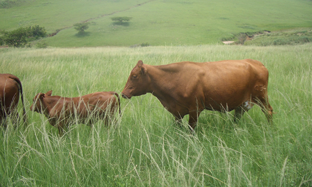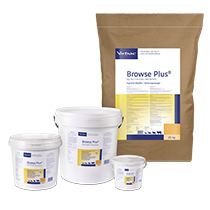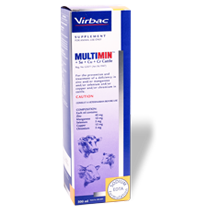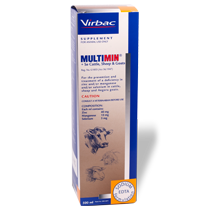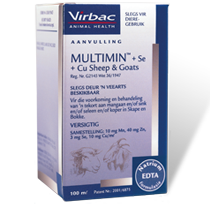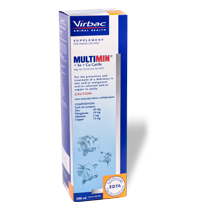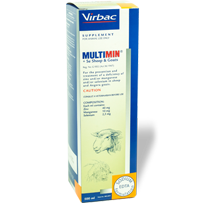
Dry season nutrition for livestock
These are the first two words of one of the most often repeated statements made by stockmen during dry season periods. It is made during the time of the year when animals are subjected to considerable nutritional stress and when farmers look hopefully for some sort of relief from a parched environment in order to provide much needed nutritional relief.
“If only they would eat this grass…” is the complete statement. It is often uttered while the farmer gazes out wistfully across a parched veld which, in the summer rainy season, is green and nutritious. Not so in the dry season months. Not only is the grass dry but it is unpalatable and the protein level would have dropped to between 2 to 6%. The rumen microbe populations in animals grazing such grass will have been reduced due to the shortage of nutrients. This will limit the ability of grazing animals to process more dry grass. (Topps & Oliver, “Animal Foods of Central Africa” p 109+). It can be a tauntingly hopeless situation, especially when there is an abundance of this grass.
The question arises: “Why should livestock eat this grass?” After all, it is dry, unpalatable and low in nutrients. Surely it makes more sense to find something more attractive and nutritious for these animals to eat in the drier months? Wrong! Dry grass, depending on the type of grass, can provide valuable roughage in the drier months and some nutrients too. It is common practice among stockmen to supplement or maintain livestock with manufactured lick concentrates in winter. However, it is also a common misconception that if the correct amount of supplement is offered, that this is all that is needed. This is only true if the required amount of roughage (crude fibre) is added. If the intake of roughage can be increased, intake and effectiveness of the supplemented feed will increase proportionately. (Topps & Oliver “Animal Foods of Central Africa” p 109)
It is important in the drier months to ensure that roughage is available. This can take the form of either grass or crop residue, i.e. maize stover. In many cases the ability of livestock to consume more dry roughage material is limited; this is due to a number of factors: first and foremost is the fact that dry roughage in the form of grass or maize stover is relatively unpalatable; secondly, the rumen microbe populations of ruminant livestock are reduced in drier periods. This is the result of the animal eating mainly dry material. Consequently the ability of the digestive system to process large quantities of grass or maize stover is also reduced since microbes play an important part in breaking down this material. This in turn reduces the animal’s ability to utilise supplementary feed effectively.
You do not have to live with this “If only” situation. The technology is now available to enable livestock to better utilise dry, unpalatable grasses and stover. This technology is available in the form of the product known as Browse Plus. True, this product has been used for a good many years to enhance browsing activity by neutralising anti-nutrient tannins.
In recent years there have been numerous farmer reports indicating that cattle fed Browse Plus consume more dry grass. Experimental information on cattle run on dry grass only is limited. However, in one experiment on maize stover, treated cattle consumed a staggering average of 3.18 kgs of stover per day, while untreated animals consumed only 1.97 kgs per day. (Duncan & McKenzie, “Trial to determine the effect of dosing Browse Plus to steers on maize stover.” Agricura (Private) Limited, Annual Technical Report, 1994.)
Browse Plus has a pronounced effect on restoring normal rumen activity.
(Salawu, Acamovic, Stewart, & DeB.Hovell, “ Querbracho tannins with or without Browse Plus in sheep diets; effect on digestibility of nutrients in vivo and degradation of grass hay in sacco and in vitro’’ Animal Feed Science and Technology 69(1997) 67-78). It has been demonstrated that the rumen microbe population in treated animals is rapidly restored and the gastrointestinal tracts of these animals become more active resulting in increased intake of grass and / or maize stover. This increases the potential for more efficient utilisation of supplemented feeds.
There is no longer any need to gaze longingly at the dry season grasslands and say “If only!”. The grass and stover can be put to good use.
This can be done cost effectively and efficiently with Browse Plus!
60092308AR

